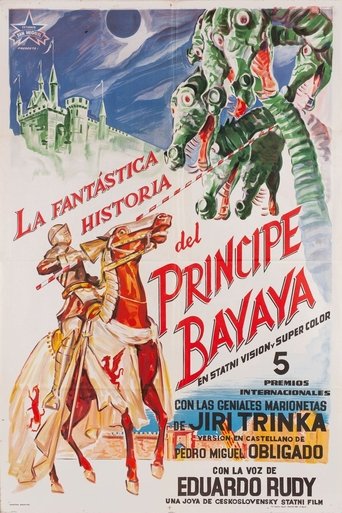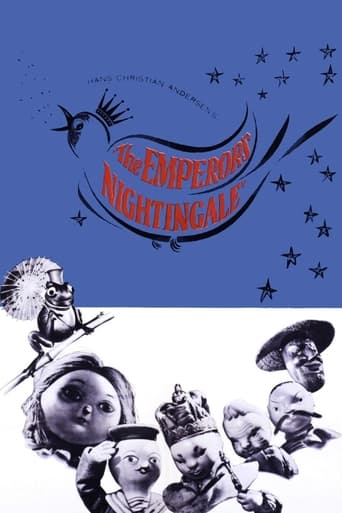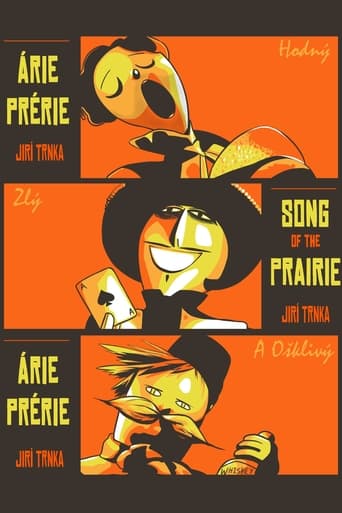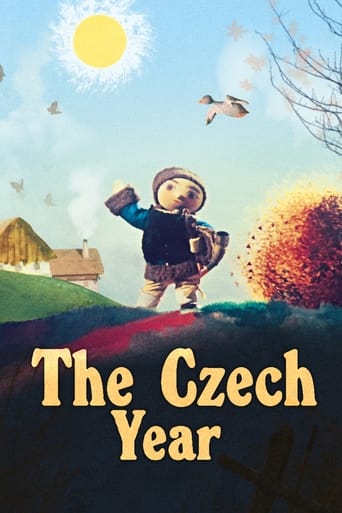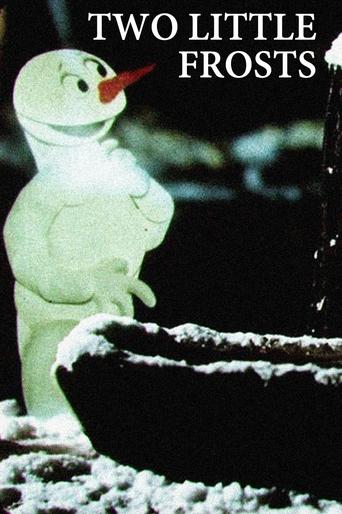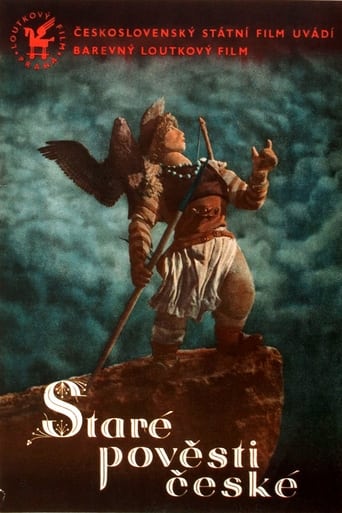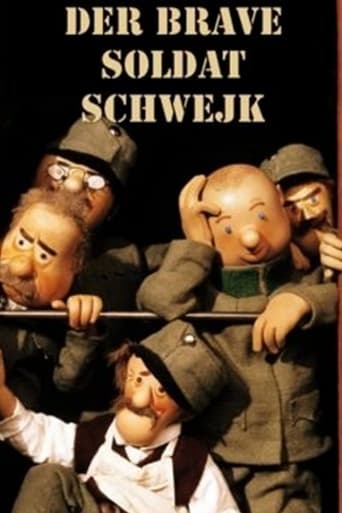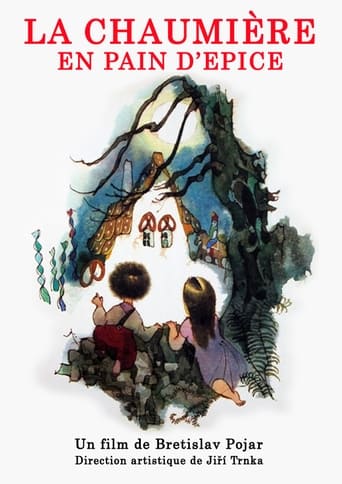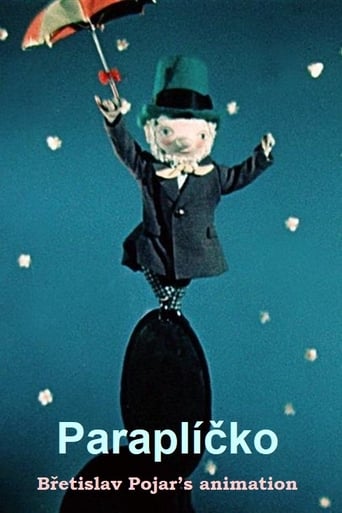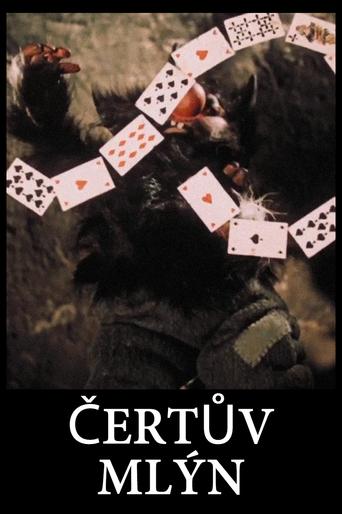Prince Bayaya 1951
Bayaya, a young peasant, protected by the spirit of his dead mother, arrives at the castle of the King, where he entertains his three daughters. He soon realizes that the three princesses are nagged by evil spirits. The little peasant manages to rid them of them, fights a duel with a wicked lord who wanted to marry one of the three princesses. He finally wins the heart of the youngest sister while saving the soul of his mother who was in purgatory.
